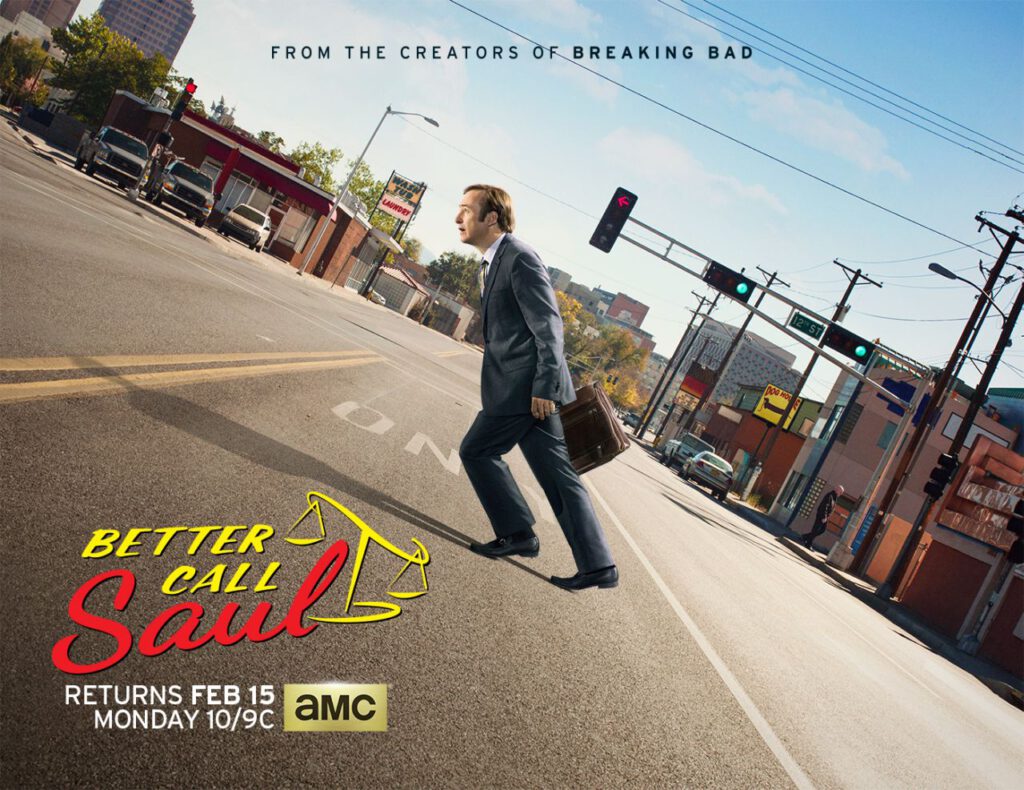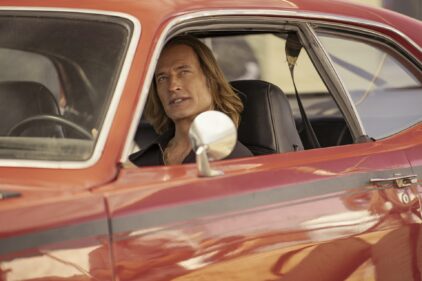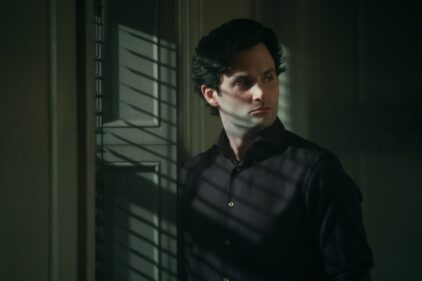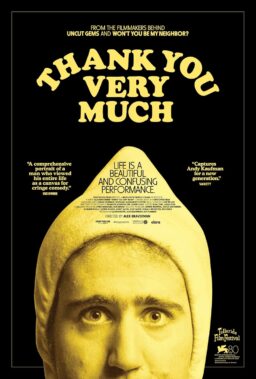“The world is a rich tapesty, my friends.”
If “Breaking Bad” was about a man who started off in a gray moral zone—selling drugs only to provide for his family—it became a show about a man whose gray turned pitch black. By the end (actually, long before the end) Walter White was a villain. In some ways, “Better Call Saul,” returning Monday for its second season after an award-winning first, is even more morally complex. Is Jimmy McGill (Bob Odenkirk) a “good man” (and don’t think it’s a coincidence that he will eventually change his name to Saul Goodman) or a fringe bad guy, the wheeler-dealer we met back on Vince Gilligan’s original program, a guy who it felt like would sell out his best friend for a profit? Over the course of “Breaking Bad,” Saul became a more well-rounded character, someone more caught up in White’s drug world than running a criminal empire. And the sense that Jimmy/Saul exists in that gray area of morality, able to steal from the rich but defend the poor, has persisted to “Better Call Saul,” still one of the most confident, engrossing dramas on television.
The new season picks up relatively shortly after the last. Jimmy has brought in the Sandpiper case to Hamlin, Hamlin & McGill, who have brought in another law firm to help with it, and that firm wants to hire Jimmy. In the premiere, Jimmy resists, tired of being the good guy and tempted to return to the days of “Slippin’ Jimmy.” He spends his afternoons in a pool, waiting for suckers to come into his view. Kim (Rhea Seehorn) tries to convince Jimmy not to give up the legal deal of a lifetime, while Mike (Jonathan Banks) works with a moronic drug supplier who has crossed paths with criminal underling Nacho (Michael Mando).
The writing on “Better Call Saul” is as tight as any show on television, with every scene feeling like it has thematic or narrative purpose without being overwritten. Compact little scenes of dialogue—many between Jimmy and Kim—transition from one to another with ease, building in ways that can allow thematic examination but also just work as a fascinating character study. On one hand, the premiere of the second season feels like it’s “about” ostentatious displays of power, from the drug dealer’s new H2 with the plates that read “Playuh” to the opulence of a partner track being offered Jimmy at his new job. One can watch “Better Call Saul” as a commentary on morality and the thin line between lawyer and criminal, or just enjoy it as a character study about a guy trying to keep his head above water, and maybe falling in love.
Of course, the writing is helped by a cast who seems even more confident this year. Odenkirk and Banks stole season one, but it’s nice to see Seehorn becoming a more well-rounded character; the show needed a stronger female presence. I’m also happy to see Mando’s Nacho becoming more involved in the overall narrative, which it always felt like he would, and the great Michael McKean returns in the second episode, still at odds with his feelings about Jimmy’s legal good luck.
The final scene of episode two between Odenkirk and Seehorn in particular is a beauty—one of the most complex, well-written scenes of the year so far. It’s directly indicative of how Jimmy struggles between the two sides of his personality and all the potential futures they provide. If “Breaking Bad” was about going down one path towards villainy, “Better Call Saul” is about a man with dozens of paths in front of him, who’s constantly torn about which one to take.












